CIA President Honored by UCLA
Ryan receives Innovation Award at Restaurant Industry Conference.
Acknowledging Dr. Tim Ryan’s leadership and commitment to the food and restaurant industry, the University of California at Los Angeles (UCLA) honored the president of The Culinary Institute of America (CIA) with its 2013 Innovation Award. Ryan received the award at the UCLA Extension Restaurant Industry Conference on the university’s campus on April 3.
“Recognition by such an outstanding institution as UCLA testifies to the excellence of our college’s educational programsand industry conferences,” Ryan said. “We are proud of our continuing innovations, including new majorsand concentrationsthat will further prepare CIA students to shape the future of cooking and the foodservice industry.”
The award recognizes highly influential leaders who have greatly contributed to the evolving landscape of the food, beverage, and restaurant industry. Previous award winners have included Jose Andres, Wolfgang Puck and the Hillstone Restaurant Group.
“Dr. Ryan has earned this honor through his many commitments to the industry and its future, and UCLA Extension is thrilled to name him as the recipient of the 2013 Innovation Award,” said Van Anderson, program director at UCLA Extension.

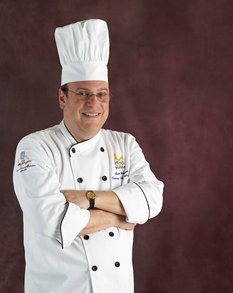 Generally speaking, a perfectly grilled item should have a nice brown coating on the outside and be moist and juicy inside. Here’s how to successfully teach the technique of grilling within a shorter class period.
Generally speaking, a perfectly grilled item should have a nice brown coating on the outside and be moist and juicy inside. Here’s how to successfully teach the technique of grilling within a shorter class period.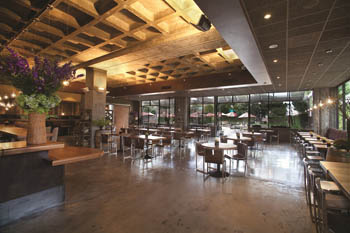
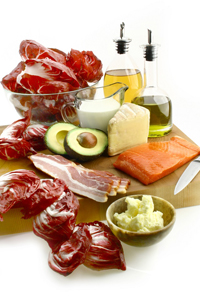
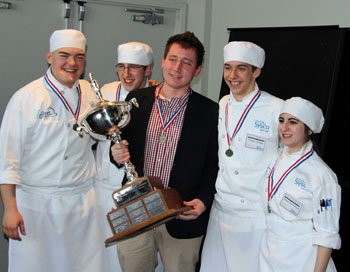 The big traveling trophy is back again at Technology Center of DuPage (TCD) in Addison. On Feb. 23, TCD’s high-school culinary team pulled off a repeat state championship win at the 12th Annual Illinois ProStart Invitational, hosted by the Illinois Restaurant Association Educational Foundation (IRAEF). TCD team members include Julia Matiradonna, Zachary Molokie (both from Carol Stream), Jared Dollinger of Glen Ellyn and Benjamin Kitchen of Wheaton. All are high-school seniors and second-year students in TCD’s Culinary, Pastry Arts & Hospitality Management program. As state ProStart champs, the TCD team now has the honor of representing Illinois at the National ProStart Invitational, April 19-21, in Baltimore, Md.
The big traveling trophy is back again at Technology Center of DuPage (TCD) in Addison. On Feb. 23, TCD’s high-school culinary team pulled off a repeat state championship win at the 12th Annual Illinois ProStart Invitational, hosted by the Illinois Restaurant Association Educational Foundation (IRAEF). TCD team members include Julia Matiradonna, Zachary Molokie (both from Carol Stream), Jared Dollinger of Glen Ellyn and Benjamin Kitchen of Wheaton. All are high-school seniors and second-year students in TCD’s Culinary, Pastry Arts & Hospitality Management program. As state ProStart champs, the TCD team now has the honor of representing Illinois at the National ProStart Invitational, April 19-21, in Baltimore, Md.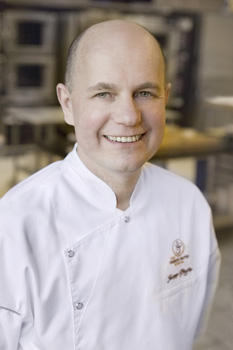 The steps to making decadent chocolates are many and varied: from harvesting the pods to designing tempting packaging that belies its rich, melt-in-your-mouth appeal. Every other year, the Fine Chocolate Industry Association (FCIA) hosts its Recognition of Excellence ceremony to award individuals and businesses that have contributed to this diverse community of chocolate makers.
The steps to making decadent chocolates are many and varied: from harvesting the pods to designing tempting packaging that belies its rich, melt-in-your-mouth appeal. Every other year, the Fine Chocolate Industry Association (FCIA) hosts its Recognition of Excellence ceremony to award individuals and businesses that have contributed to this diverse community of chocolate makers.